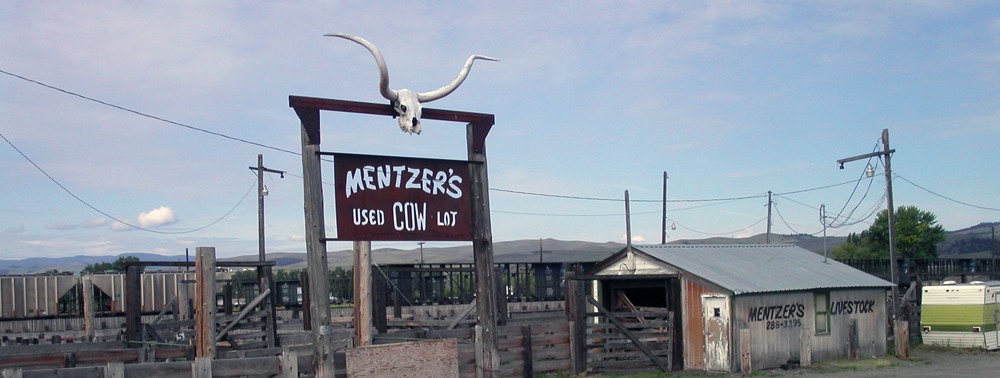In February, a consultant delivered a report to the City of Decatur (Ga.) on teardowns and their impacts in the community. Tucked away in the report were two pages on how the city was meeting affordable housing objectives laid out in a 2008 report by the same consultant.
Affordable housing was one of several topics in the consultant’s report, Decatur Infill Housing Analysis. New homes, wrote the consultant, are “more expensive” than the older homes torn down. “This is resulting in a shift in the economics of the respective neighborhood and in what income levels are needed to reside in the community.” Consultant Market+Main added, “More cities are focused on this side of the infill issue and in wanting to preserve viable housing opportunities for the income levels represented by the older homes.”
But not Decatur, Ga.
According to the 2014 report, the City has implemented only one out of ten affordable housing objectives. The City’s consultant wrote,
The Decatur Affordable Housing Study was completed in 2008 and provided a thorough review of the affordability of housing in the City of Decatur. Even as the nation and the region emerge from the economic setback of “the Great Recession,” this analysis and its recommendations are still applicable today. The following highlights from this study support the need for housing affordability in Decatur. Many of these are also un-implemented to-date and all steps should be taken to act upon and implement the findings of this study.
- Generate and/or allocate a dedicated public funding stream to provide a partial grant and/or loan to mortgage eligible workforce affordable potential home buyers for home purchases within Decatur. NOT IMPLEMENTED.
- Create an allocation of local public grant and/or loan funding for renovation of existing Decatur homes and purchase by mortgage eligible workforce households. NOT IMPLEMENTED.
- Establish a down payment assistance fund to provide a portion of the required down payments for eligible workforce affordable homeownership candidates. NOT IMPLEMENTED.
- Establish a Homeownership Rehabilitation Program (HRP) which provides developers, both for-profit and non-profit, with a subsidy for the rehabilitation of vacant and/or deteriorated houses to be sold to income eligible home buyers. NOT IMPLEMENTED.
- Increase workforce affordable homeownership through the formation of a community land trust. NOT IMPLEMENTED.
- Encourage the development of new for-sale housing product types in Decatur other than detached single-family homes. PARTIALLY IMPLEMENTED.
- Encourage and exploit existing opportunities for additional infill of the Decatur downtown core. PARTIALLY IMPLEMENTED.
- Create design guidelines that define appropriate design concept solutions to allow higher density mixed use infill in targeted areas, such as commercial corridors and the downtown core to be used in conjunction with overlay zoning. NOT IMPLEMENTED.
- Preserve “the image of a traditional and intimate small-town center” to achieve the price points and quantities needed to fill the Decatur workforce affordability gap. NOT IMPLEMENTED.
- Permit “granny flats” and other accessory dwelling units on existing residential parcels. IMPLEMENTED.
Source: Market+Main, Decatur Infill Housing Analysis (February 2014), pp. 6-7
Like this:
Like Loading...










